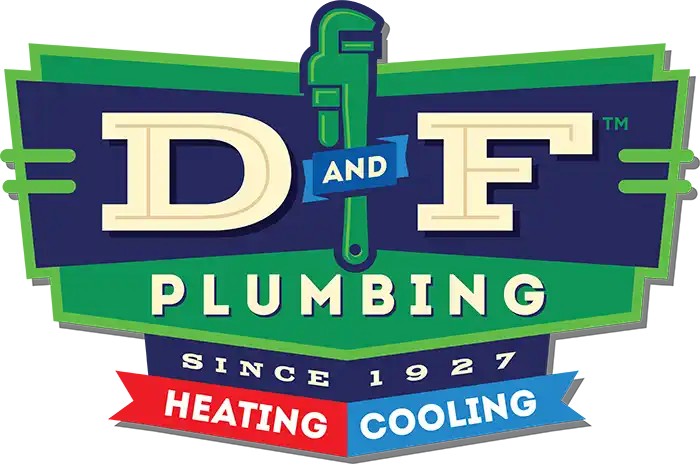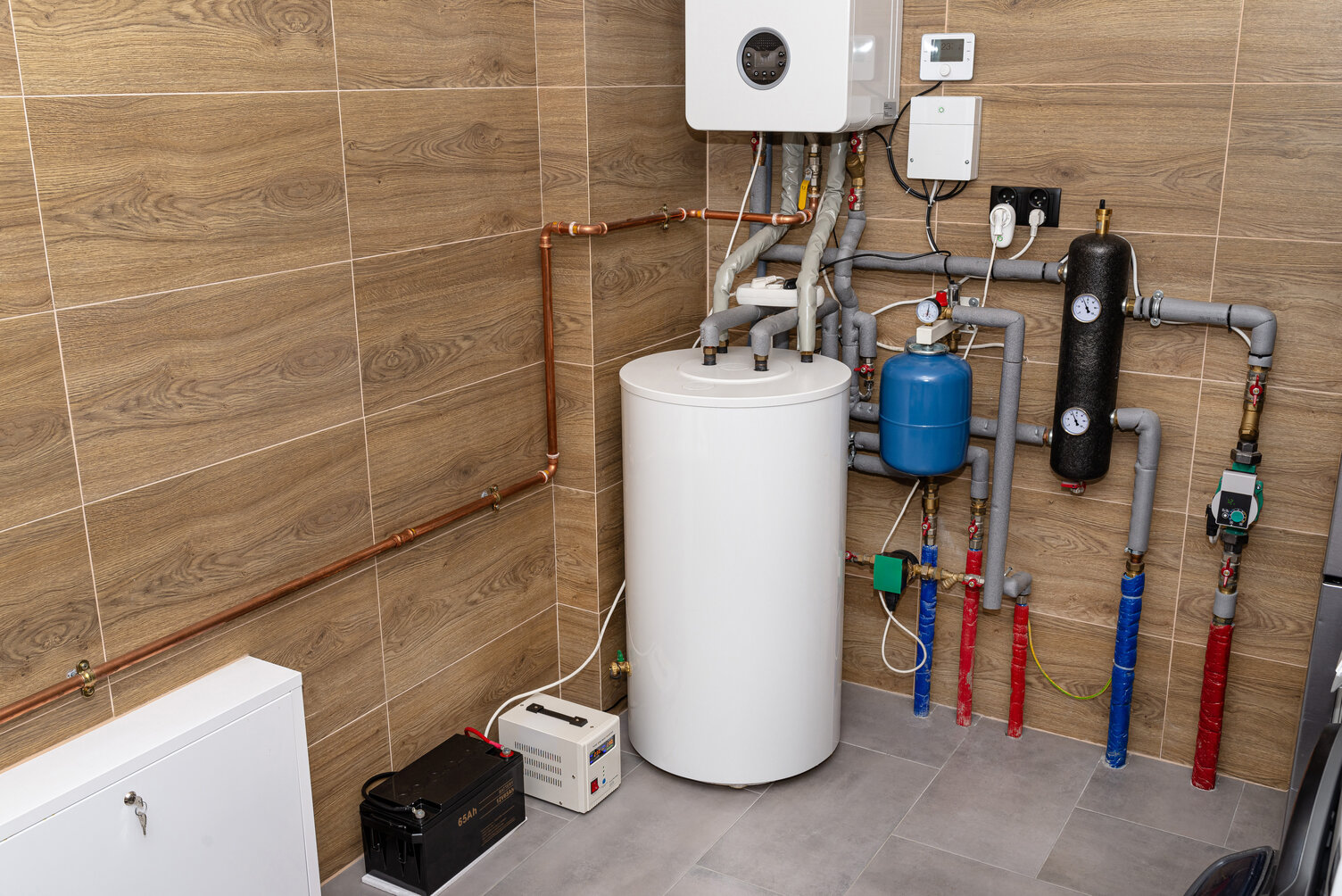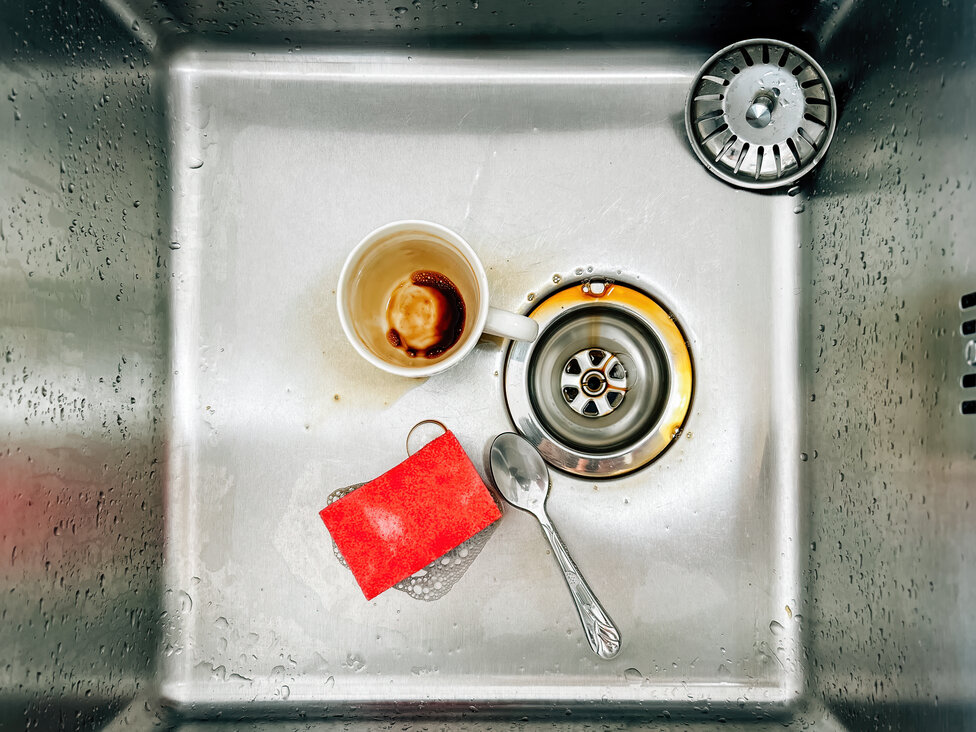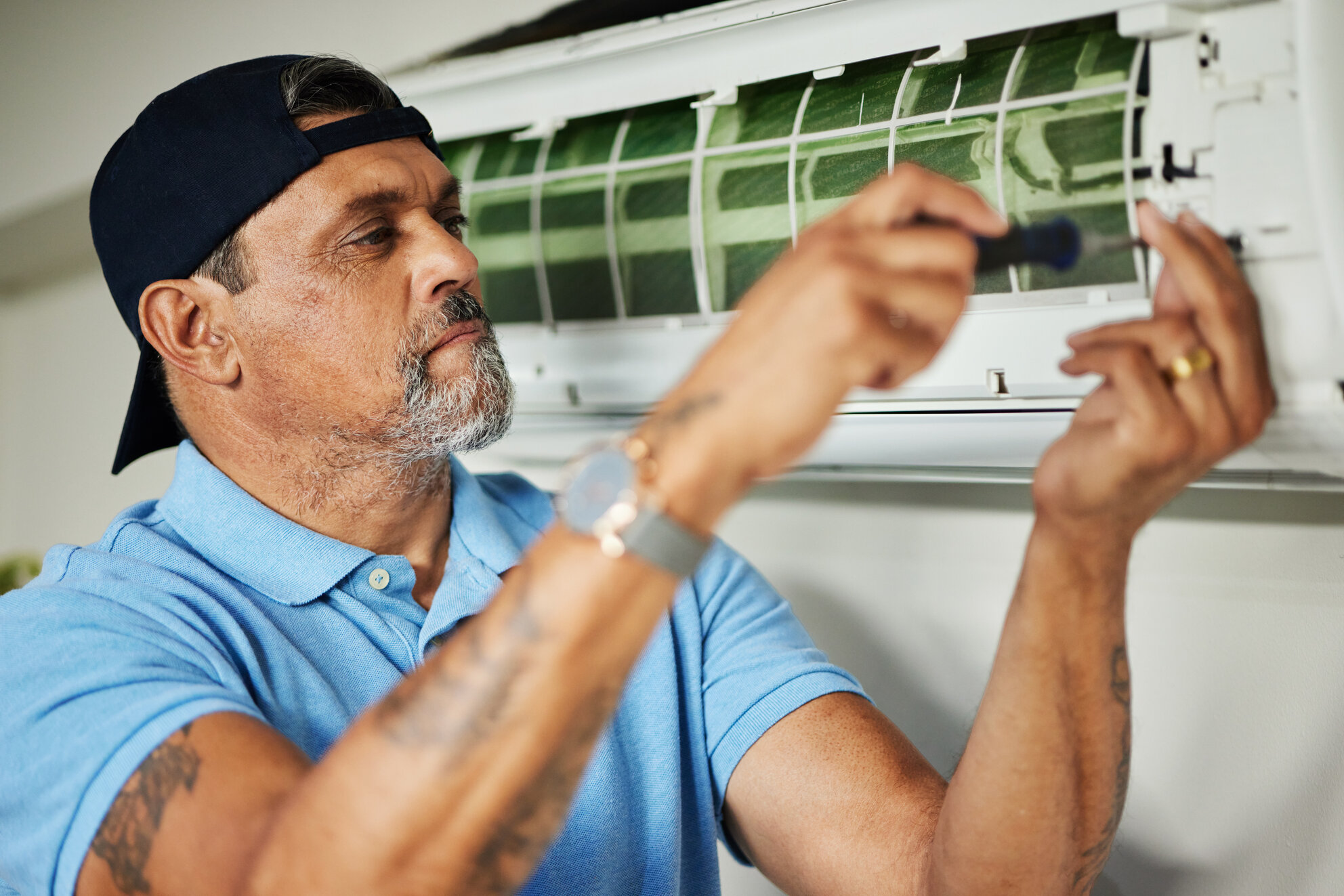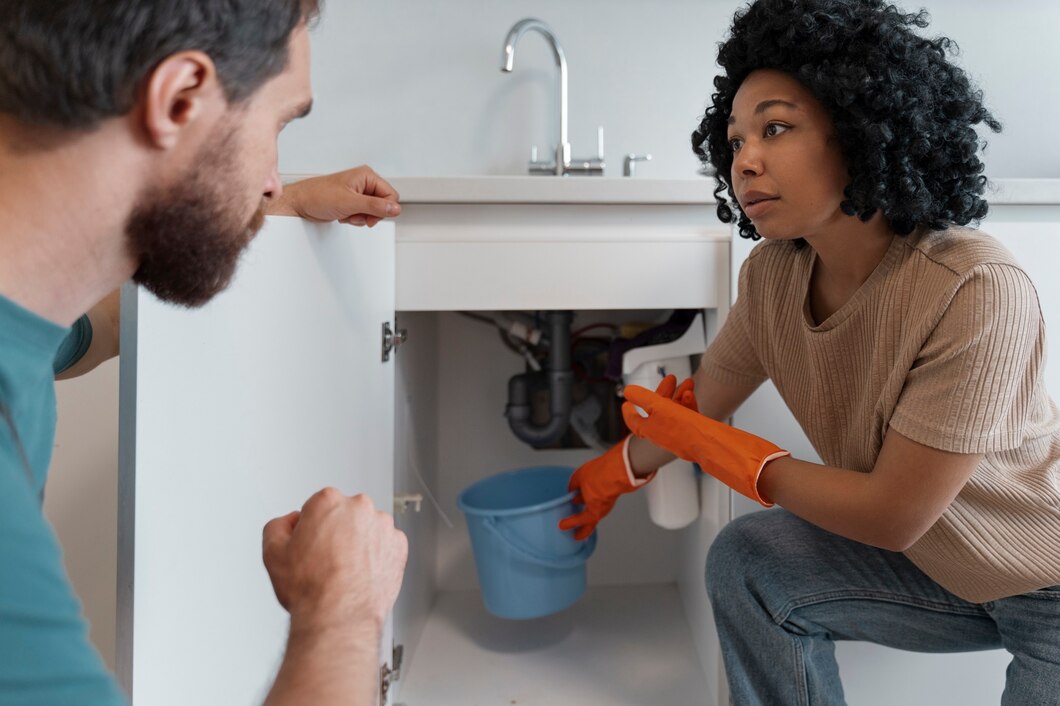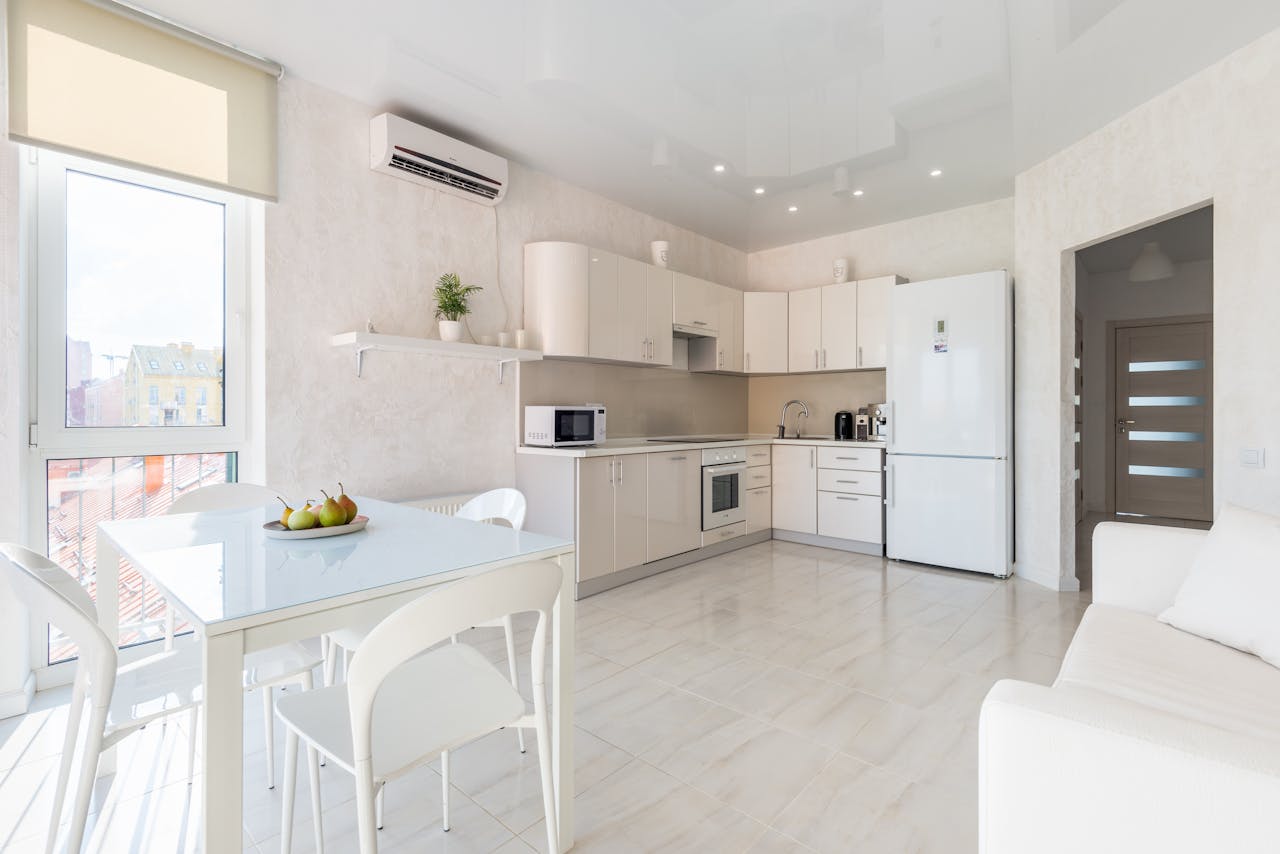Heat pump water heaters are an efficient way to heat water in your home. They work by transferring heat from the air to the water, using less energy than traditional water heaters. Despite their efficiency, these systems can experience issues that affect their performance and reliability.
Understanding how heat pump water heaters work and identifying common problems can help you maintain your system. Knowing some basic troubleshooting steps can also save you time and money. However, it’s important to recognize when an issue requires professional attention.
Proper maintenance ensures the longevity and efficiency of your heat pump water heater. This guide will help you navigate common issues and understand when to call for expert help. By being proactive, you can keep your water heater functioning at its best.
Understanding How Heat Pump Water Heaters Work
Basic Components and Operation
Heat pump water heaters consist of a few key components: a compressor, a condenser, an evaporator, and a fan. The system works by extracting heat from the surrounding air and transferring it to the water in the tank. The evaporator absorbs heat from the air, the compressor increases the temperature, and the condenser transfers this heat to the water. This cycle repeats until the water reaches the desired temperature.
Learning about these components helps us understand their operation. The fan moves air over the evaporator to capture heat. The refrigerant circulates within the system, moving through the compressor and condenser. The heated refrigerant transfers energy to the water, making this process efficient and effective.
Energy Efficiency and Benefits
One of the main advantages of heat pump water heaters is their energy efficiency. They use less electricity than traditional water heaters by leveraging ambient air heat. This method can save money on electricity bills while reducing the environmental impact.
In addition to being energy-efficient, these systems offer other benefits. They can operate in various climates and provide consistent hot water. Also, heat pump water heaters often include advanced features like programmable thermostats and diagnostic displays, which make them convenient and user-friendly. Overall, they are a cost-effective and eco-friendly choice for many households.
Identifying Common Problems
No Hot Water
One common issue with heat pump water heaters is the absence of hot water. Several factors can cause this problem, such as a tripped circuit breaker, a malfunctioning thermostat, or a problem with the heating element. Checking these components can help identify the source of the issue and restore hot water.
Strange Noises
Strange noises coming from the heat pump water heater can be unsettling. These sounds might indicate problems like loose components, debris in the fan, or issues with the compressor. Listen carefully to the type and location of the noise to diagnose the cause accurately.
Error Codes on the Display
Modern heat pump water heaters often display error codes to help identify problems. If an error code appears, consult the user manual to understand its meaning. Common codes may indicate issues with sensors, refrigerant levels, or airflow. Knowing these codes can guide you toward the appropriate troubleshooting steps or the need for professional assistance.
DIY Troubleshooting Steps
Checking Power Supply
One of the first steps in troubleshooting a heat pump water heater is to check the power supply. Ensure that the unit is properly plugged in and that the circuit breaker hasn’t tripped. Sometimes a simple reset of the breaker can resolve the issue. Verify that all electrical connections are secure and that the unit is receiving the correct voltage. Addressing power supply issues can often solve minor problems and get your heater back up and running.
Inspecting Air Filters
Air filters play a crucial role in the efficient operation of heat pump water heaters. Over time, filters can become clogged with dust and debris, restricting airflow and hindering performance. Inspect the air filters regularly and clean or replace them as needed. A clean filter ensures proper airflow and can improve the efficiency of the water heater. Keeping filters clean is a simple yet effective way to maintain your system.
Cleaning the Condenser Coils
Condenser coils are another essential component that requires regular maintenance. Dirty coils can reduce efficiency and cause the unit to work harder than necessary. Turn off the power supply before cleaning the coils. Use a soft brush or vacuum cleaner to remove dirt and debris from the coils. Ensure the area around the heater is clear of obstructions to promote good airflow. Keeping the condenser coils clean helps maintain optimal performance and extends the life of your heat pump water heater.
When to Call Our Professionals
Complex Electrical Issues
If you encounter complex electrical issues during your troubleshooting, it’s best to call our professionals. Handling electrical problems requires specialized knowledge and skills to ensure safety. Complex issues like persistent tripping of the circuit breaker, faulty wiring, or malfunctioning electrical components should be addressed by our technicians. They have the expertise to diagnose and repair these problems safely and effectively, avoiding potential hazards.
Persistent Performance Problems
Sometimes, heat pump water heaters may exhibit persistent performance problems despite your best efforts. Issues like inconsistent water temperature, frequent error codes, or unusual noises that cannot be resolved through basic troubleshooting may indicate deeper issues. Our professionals can conduct a thorough inspection to identify and fix the root cause of these problems. Their experience and equipment ensure that your heater is restored to optimal functioning.
Scheduling Service with Our Professionals
For reliable and professional service, consider scheduling an appointment with D&F Plumbing, Heating and Cooling. Our technicians are trained to handle all aspects of heat pump water heater maintenance and repair. They will provide a comprehensive assessment and offer solutions tailored to your needs. Booking a service with us ensures that your water heater receives the expert care it deserves. Contact us to schedule a convenient service appointment and keep your heat pump water heater running smoothly.
Conclusion
Troubleshooting heat pump water heaters involves understanding the components, identifying common problems, and taking steps to resolve issues. While some maintenance tasks can be performed by homeowners, others require professional expertise. Recognizing when to call our professionals ensures safety and efficient operation. Proper care and timely repairs enhance the longevity and performance of your heat pump water heater.
Don’t let unresolved issues compromise your comfort. For expert assistance and reliable service, contact D&F Plumbing, Heating and Cooling. Our skilled technicians are ready to help you maintain and repair your heat pump water heater in Forest Grove. Schedule an appointment today and enjoy consistent, energy-efficient hot water in your home!

